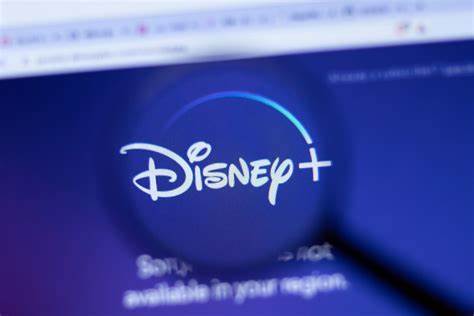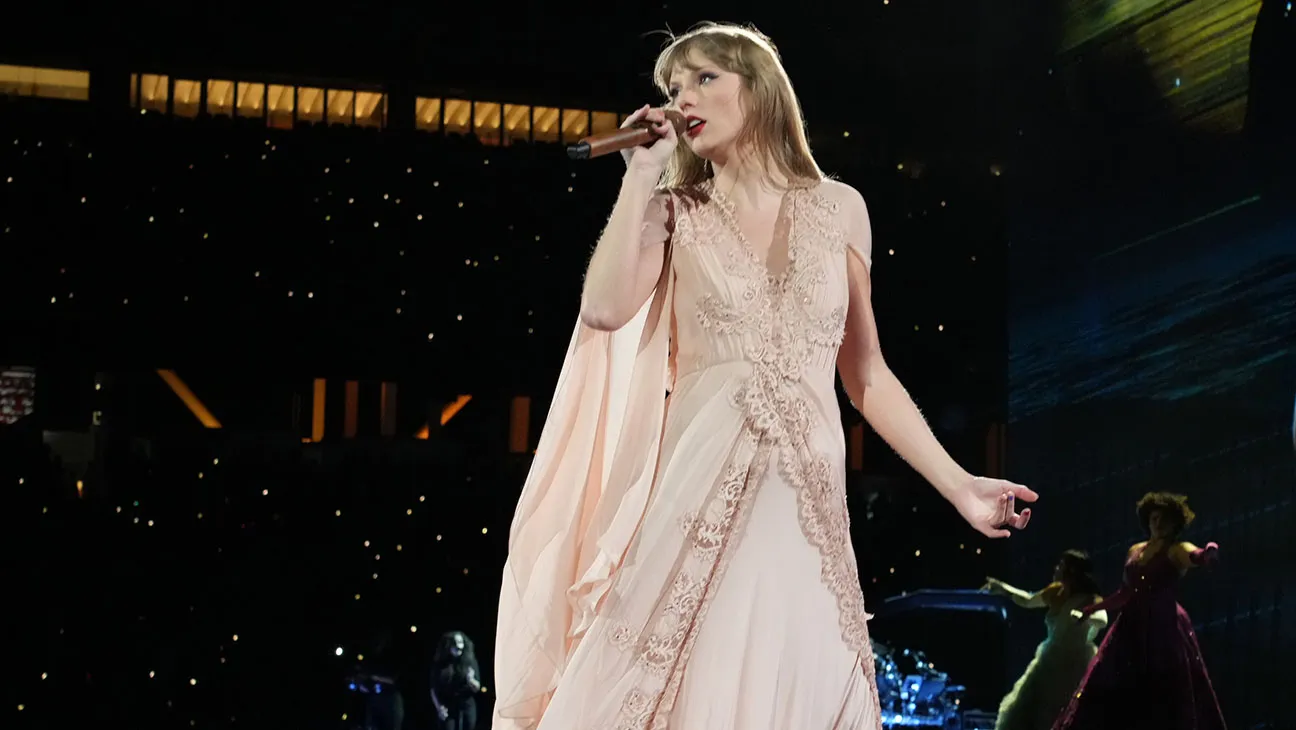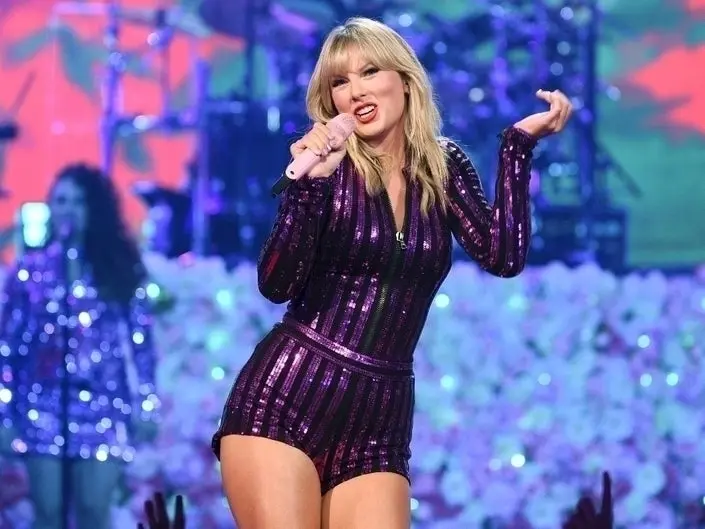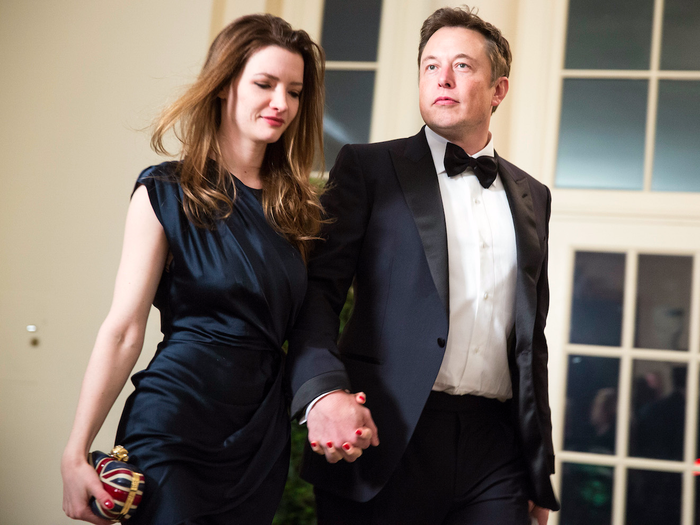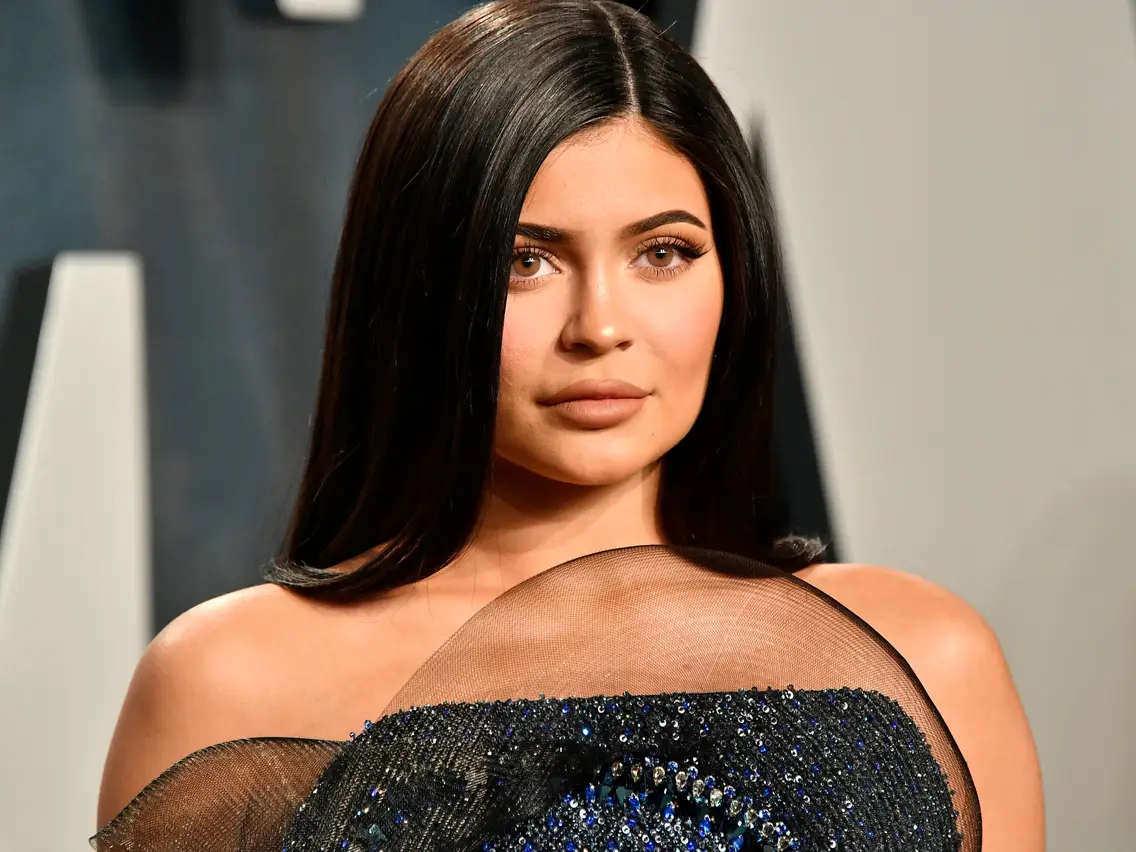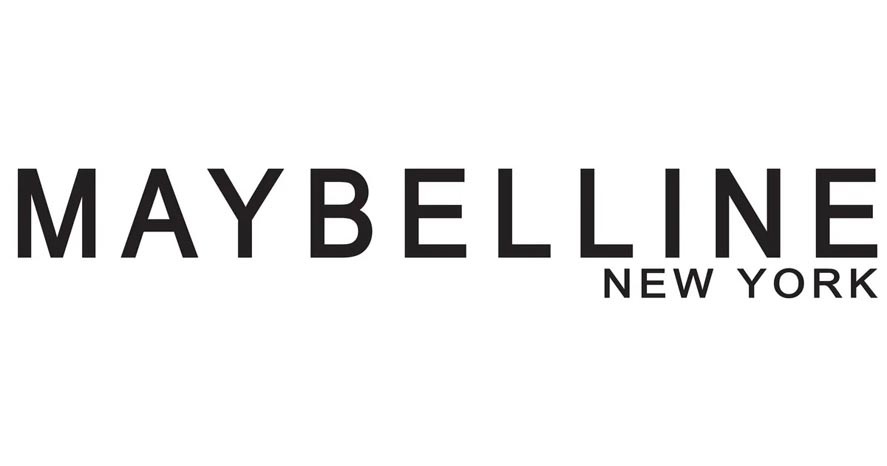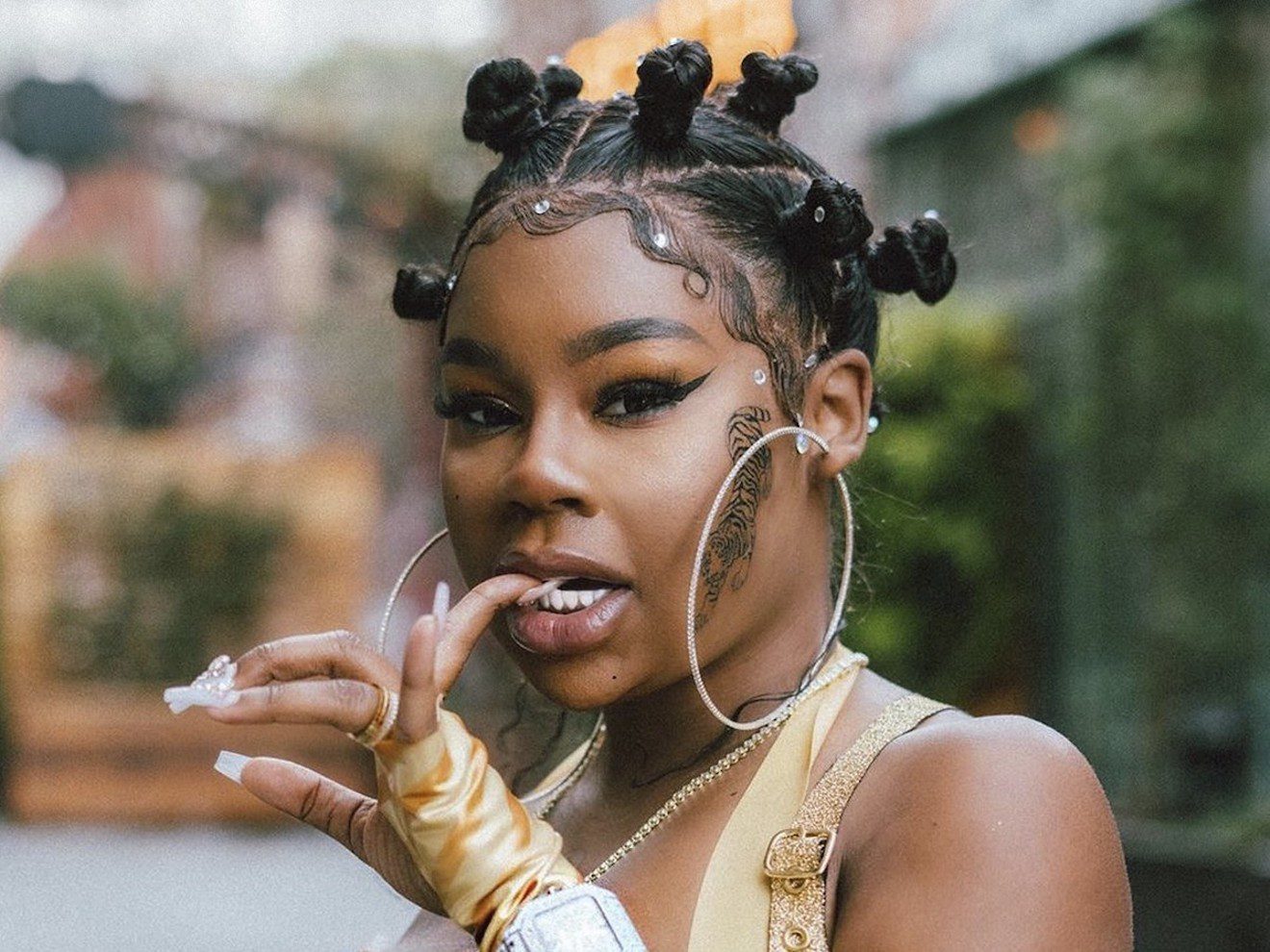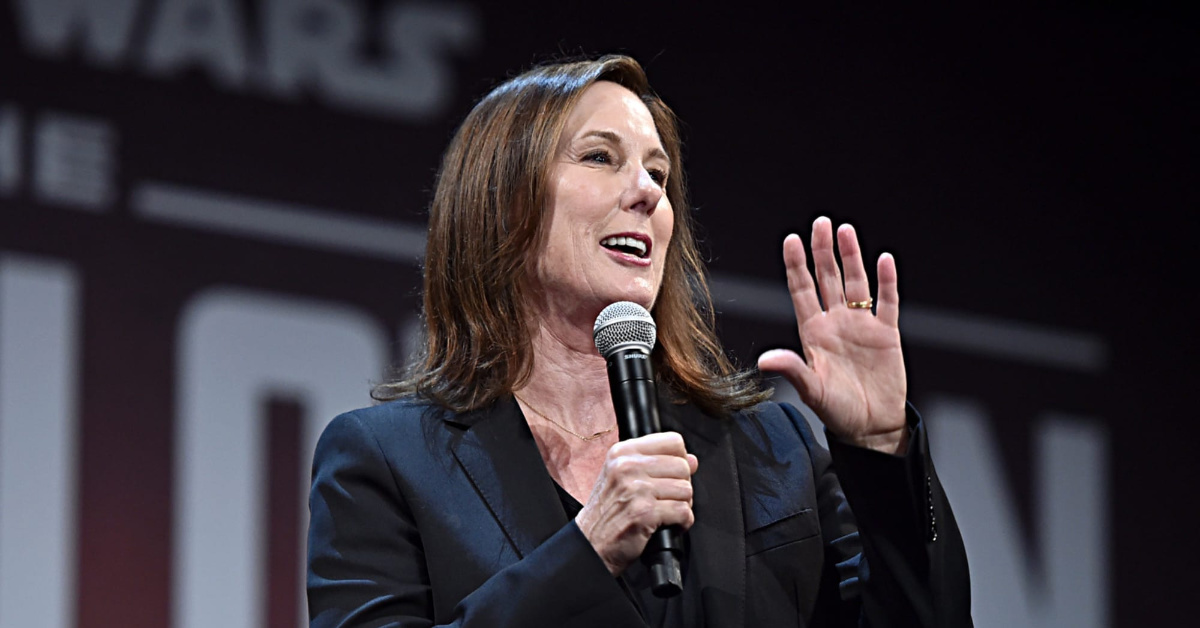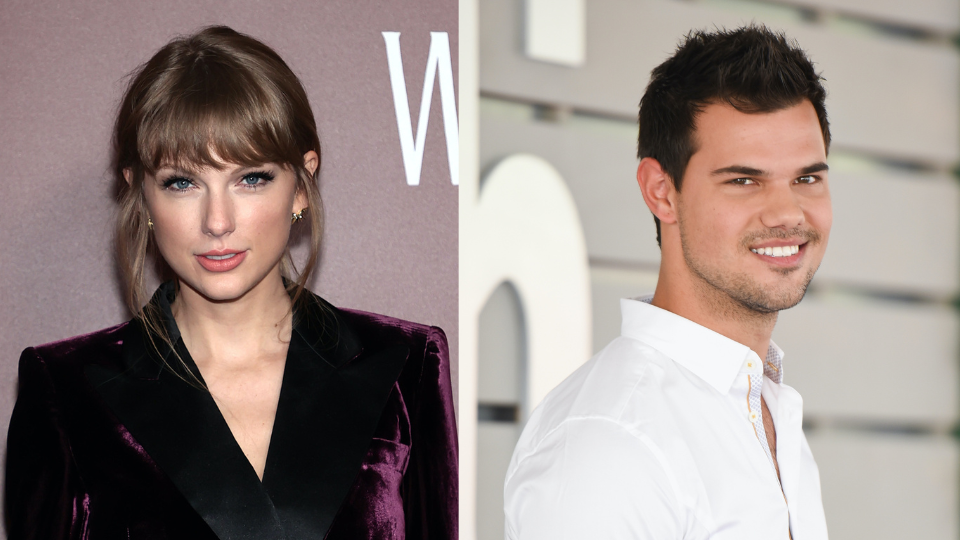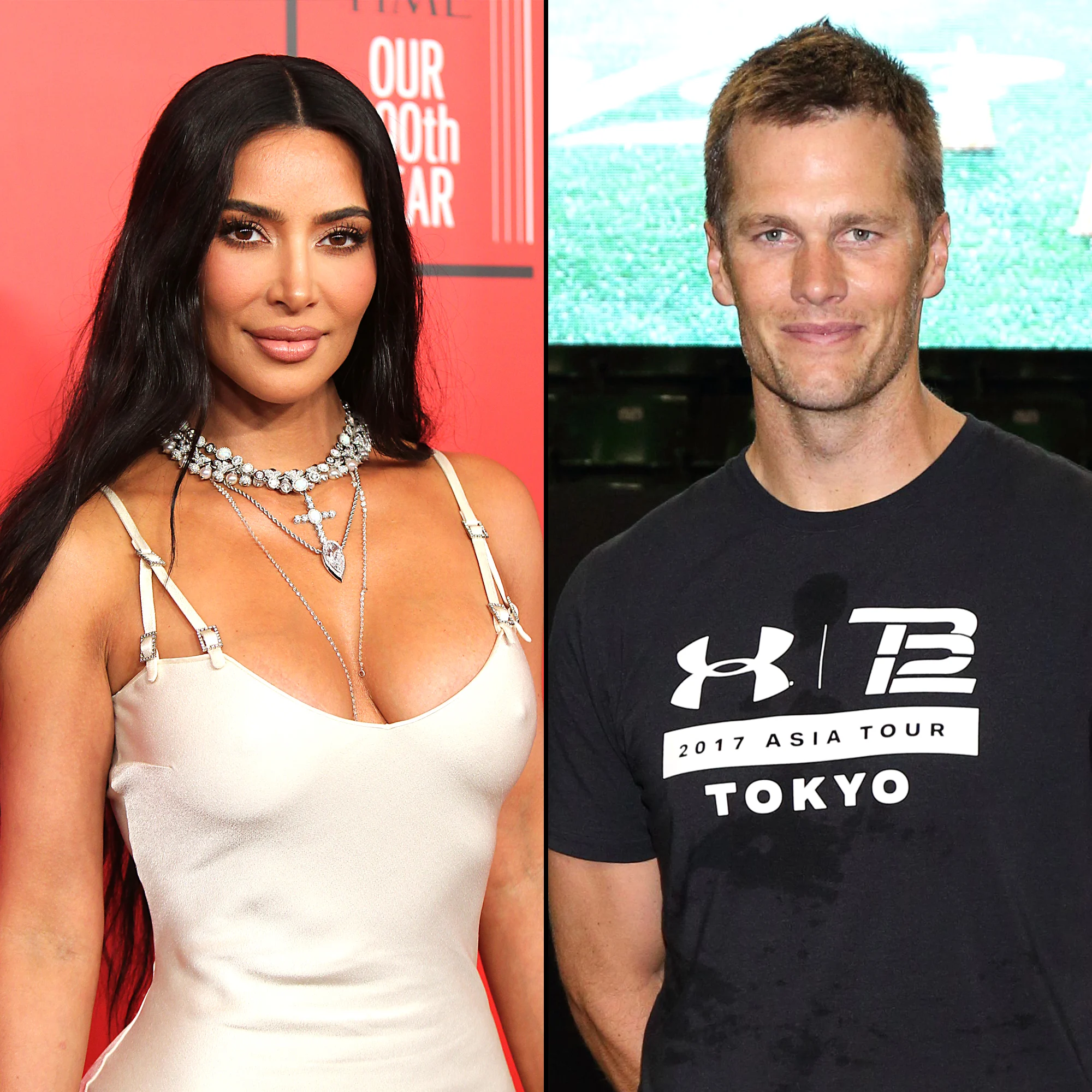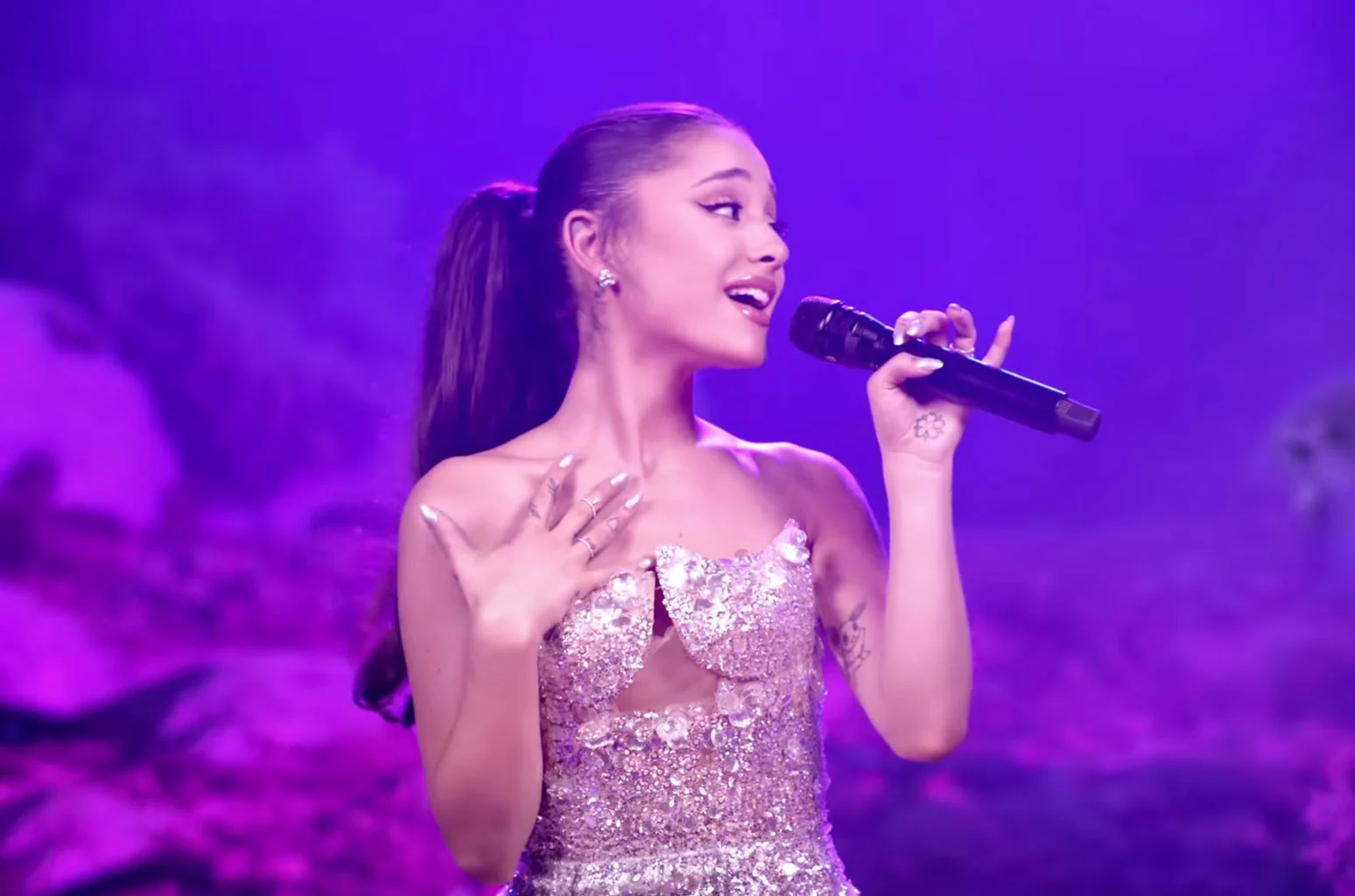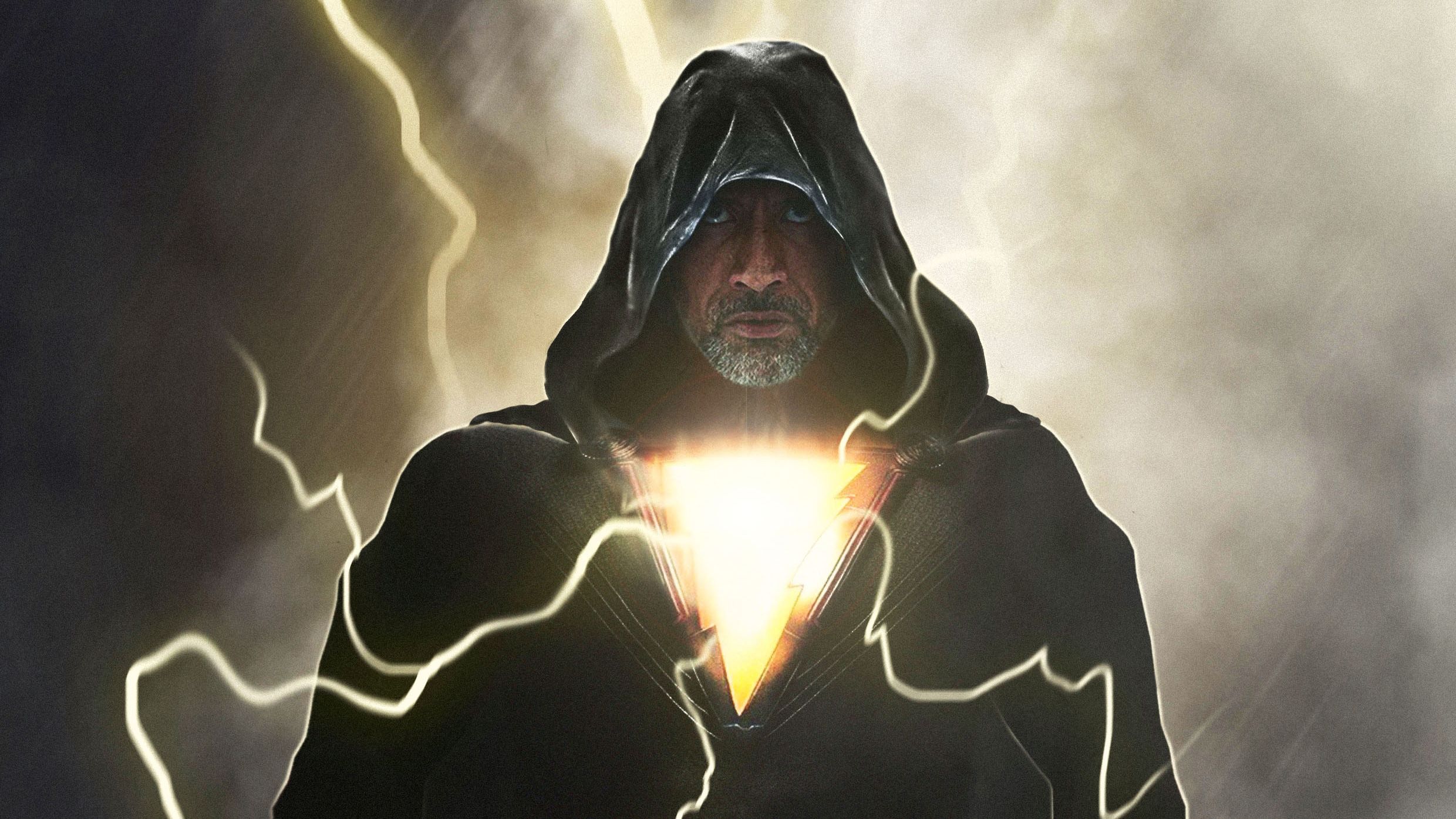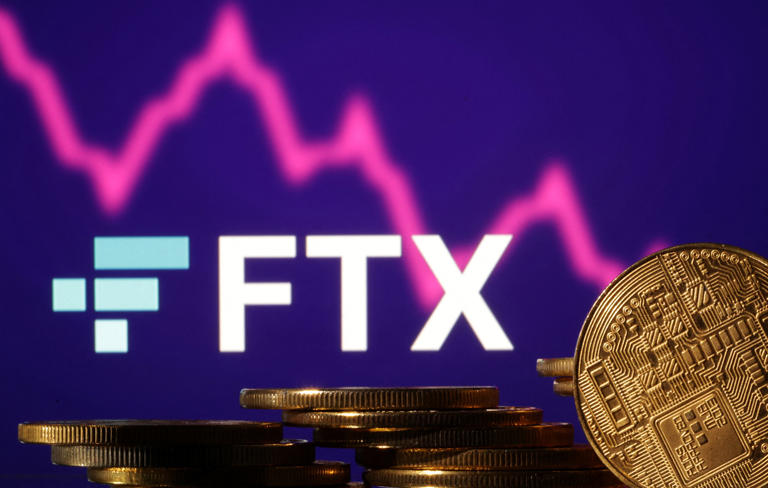Bob Iger’s recent comments on Disney’s revenue-sharing agreements with major tech companies like Apple Inc. and Alphabet Inc. shed light on the complex dynamics of the streaming industry and Disney’s strategic positioning within it. At a MoffettNathanson-hosted conference, Iger articulated his concerns about the current revenue-sharing model, emphasizing the substantial portion of earnings that Disney forfeits to app stores distributing its streaming services, such as Disney+ and Hulu.
Unlike Netflix, which made the strategic decision in 2018 to cease allowing customers to sign up for its service via third-party distributors like Apple, Disney has traditionally relied heavily on third-party app stores for distribution. However, Iger’s remarks suggest that Disney is now reassessing this distribution strategy in light of its associated costs.
The significance of Iger’s comments lies in the potential implications for both Disney and the major tech companies involved, particularly Apple and Google. The revenue-sharing agreements between Disney and these tech giants vary, with Apple charging video companies like Disney a 15% cut of the revenue for signups made within Apple-distributed apps.
Disney’s recent strategic moves in the streaming industry further underscore the importance of optimizing its revenue streams and improving margins in a highly competitive landscape. Initiatives such as expanding its streaming offerings and launching a new streaming bundle with Warner Bros. Discovery reflect Disney’s commitment to strengthening its position in the digital entertainment market.
However, challenges persist, particularly in terms of technology, where Disney trails behind Netflix. This technological gap has led to higher marketing expenses and customer acquisition costs for Disney, highlighting the need for strategic adjustments in its distribution strategy.
Despite these challenges, Disney remains actively focused on enhancing its streaming services and content strategy. Iger’s confidence in securing long-term NBA rights demonstrates Disney’s commitment to investing in premium content and securing valuable partnerships to drive subscriber growth.
Yet, the current app store revenue-sharing model poses a significant obstacle to Disney’s streaming ambitions. Iger’s call for better app store deals reflects Disney’s strategic imperative to optimize its revenue streams and improve margins in the face of evolving market dynamics.
In conclusion, Bob Iger’s comments underscore Disney’s ongoing efforts to navigate the complexities of the streaming industry and position itself for long-term success. By reassessing its distribution strategy and advocating for improved app store deals, Disney aims to strengthen its competitive position and capitalize on the growing demand for streaming content.

